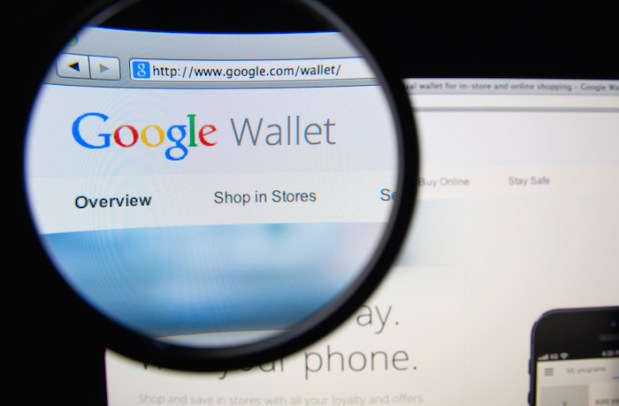Google’s Earnings Show Mobile Momentum

As Google rides the YouTube wave, second quarter results topped Wall Street expectations. That speaks to a continued focus on mobile, and also online to offline conversion
Much was made by industry and Google watchers over the fact that this would be CFO Ruth Porat’s first call with the investment community discussing quarterly results.
Executives like when they have good news to report, and one imagines the CFO was happy to come to the mic last night (July 16) on her first go-round after having joined Google in May from Morgan Stanley. The headline numbers, at least as they apply to Wall Street, can be summed up quickly.
Top and bottom lines were better than expected, with the company earning about $4.8 billion on $17.7 billion in sales, and with operating profits up 27 percent year over year, outpacing the 11 percent seen by the Street, it would be no stretch to have foreseen a rally in the stock, which was up 11 percent after hours. It’s not often that a company beats consensus by $.29, but Google’s $6.99 per share net income did just that.
But those were just headlines. If there could be one overarching theme of the call, it would be this: This isn’t the Google of yore, yoked to desktops and, well, desks. This is a company that looks to embrace mobile in all its forms — even if there was not all that much info on the call on mobile payments or Android.
In a clear sign that Google is crossing the Rubicon from desktop to mobile, results in the latest quarter were driven by YouTube (and, in turn, YouTube earned both a dominant berth of discussion on the call from both management and analysts).
YouTube was one of the key drivers of mobile, spurred by the TrueView ad platform, a format that gives viewers the option to view ads in their entirety or skip them after 5 seconds. Though pricing has been declining, a function of the switch to mobile ads, popularity is up (neither metric had management forthcoming with numbers, nor does the company divulge just how much), which of course grows sales.
The fact that users spend more than 40 minutes on YouTube would explain why ad spending continues to migrate to that business. That 40-minute metric, known as “watch time,” was up a heady 60 percent year over year and trumped a slide in the AdSense program on search, which Google executives said illustrates a continuing corporate policy. Drilling down into YouTube a bit, mobile YouTube watch time has doubled in the past year.
And in a nod to the continuing focus on life beyond the desktop, mobile clicks continue to show growth, and the “gap” as measured between desktop and mobile cost-per-clicks continues to “narrow,” which Porat clarified later in the call as being a positive trend.
A key indicator came during the question-and-answer session of the call, as online-to-offline conversions pick up steam. Chief Business Officer Omid Kordestani said that those ads are spurring monetization, calling out Target specifically, when the retail behemoth saw that a third of its consumers viewing an ad during the holidays wound up visiting a store.
Google Play games now have logged more than 180 million users in the past half year. And continuing the mobile theme, Kordestani said efforts continue in voice apps and also linking apps together, which in turn signal the importance that the company find inroads beyond search. Search itself is not doing too shabby as Kordestani noted that spending by the company’s top 100 advertisers is up 60 percent year over year.
During the question-and-answer session, one analyst asked about YouTube — specifically about how the company can go about “uniting all the pieces” of the disparate businesses so that ads can be bought across search and video, among other platforms.
Management answered in the affirmative, noting that the DoubleClick business would continue to offer marketers several ad options and also that mobile search gets a boost from immediate and localized queries, as 30 percent of Google searches look to gather some type of location data, which, again, speaks well of recent, current and future retail initiatives.
Where will Google spend the bulk of its efforts, monetarily and in terms of attention? Porat mentioned a 70/20/10 ratio, which means 70 percent on core business, 20 percent on adjacent businesses and 10 percent left for “big” new ideas. Porat implied that this strategy seems to pay dividends, as Chrome and Android were (not all that long ago) new ideas that grew so well they became part of the Google core.
